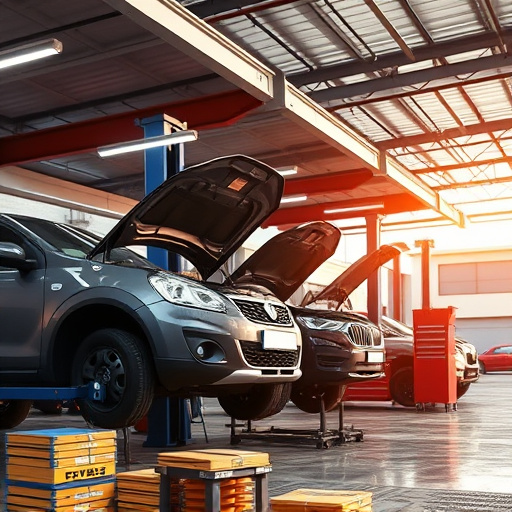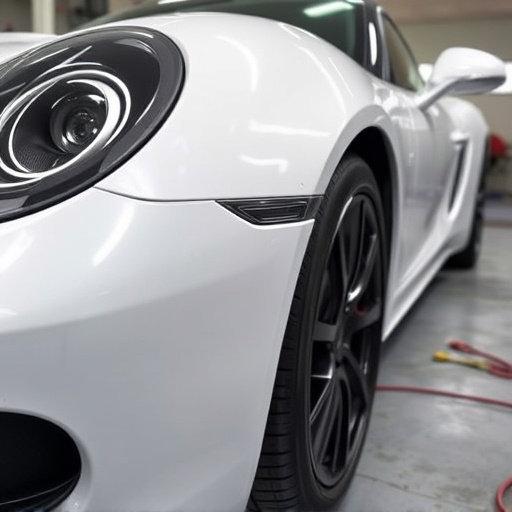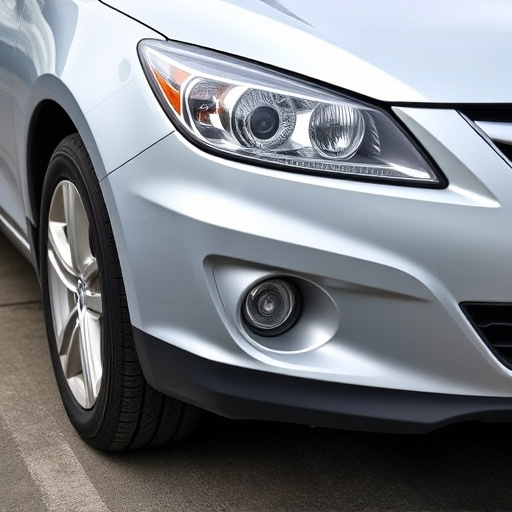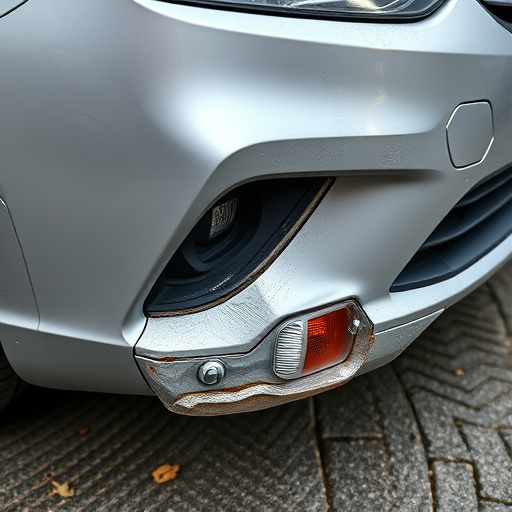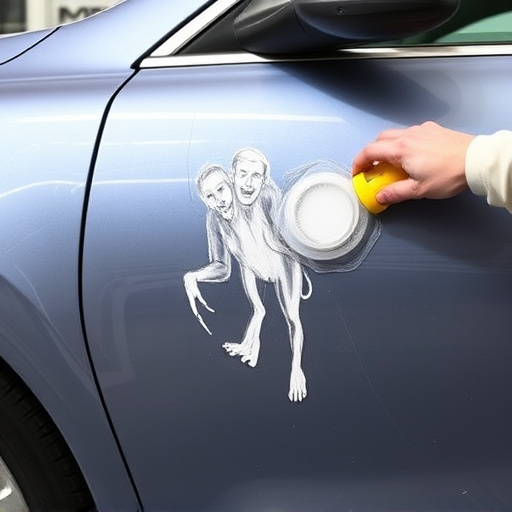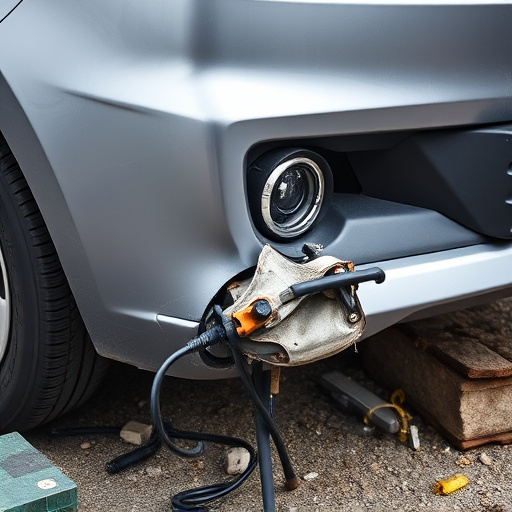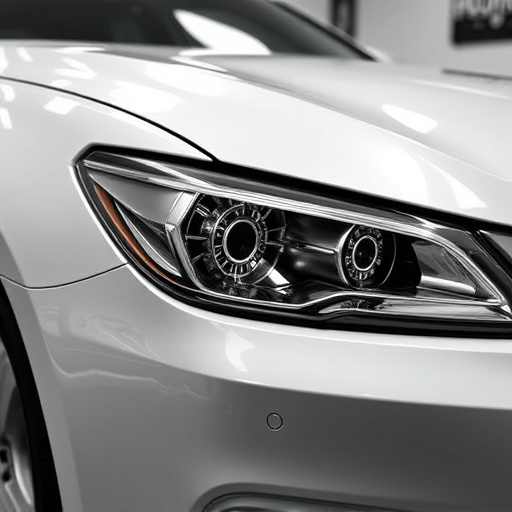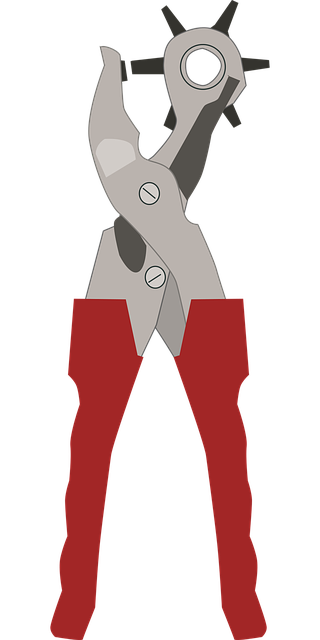Mercedes structural repair demands precision and expertise, utilizing Original Equipment Manufacturer (OEM) parts for guaranteed compatibility, performance, and safety. Skilled technicians employ advanced welding techniques and paintless dent repair methods to preserve the vehicle's unique design and value. Adhering to OEM specifications and industry best practices ensures strong, reliable repairs that meet high standards of quality and customer satisfaction.
Mercedes structural repair is a precise art, demanding superior parts and expert welding procedures. This article delves into the significance of using Original Equipment Manufacturer (OEM) parts, highlighting their critical role in maintaining Mercedes’ renowned structural integrity. We explore the meticulous welding techniques employed by professionals to ensure precision and safety. Additionally, we outline best practices for Mercedes structural repair, emphasizing quality control measures that safeguard both vehicle performance and driver security.
- Understanding Mercedes OEM Parts: Their Significance in Structural Repair
- The Art of Welding Procedures for Optimal Mercedes Structural Integrity
- Ensuring Quality and Safety: Best Practices in Mercedes Structural Repair
Understanding Mercedes OEM Parts: Their Significance in Structural Repair

Mercedes OEM (Original Equipment Manufacturer) parts play a pivotal role in Mercedes structural repair, ensuring that vehicles return to their original condition and safety standards. These genuine components are meticulously designed and engineered to fit perfectly with the specific Mercedes model they are intended for. Using OEM parts guarantees compatibility, precision, and long-term reliability in repairs, which is crucial for maintaining the vehicle’s overall integrity.
In the realm of automotive repair, especially for intricate structural work, replacing damaged parts with like-new OEM counterparts offers a superior solution compared to aftermarket alternatives. This is particularly evident in cases where paintless dent repair or car dent repair techniques are employed, as these methods rely on pristine, original panels for optimal results. By utilizing Mercedes OEM parts and adhering to standardized welding procedures, structural repairs not only fix the physical damage but also preserve the vehicle’s unique design and safety features, making it a key consideration for any dedicated Mercedes structural repair service.
The Art of Welding Procedures for Optimal Mercedes Structural Integrity

The art of welding is a critical aspect of Mercedes structural repair, ensuring the integrity and safety of the vehicle’s framework. Skilled technicians employ precise welding procedures tailored to various metal types found in Mercedes cars. These methods are not just about joining metal; they involve creating robust bonds that mimic the original manufacturing standards. By adhering to Original Equipment Manufacturer (OEM) specifications, collision centers can guarantee structural strength equal to or superior to the vehicle’s initial build.
Welding techniques vary based on factors like panel type, damage extent, and aesthetic requirements. For instance, paintless dent repair methods leverage advanced tools to reshape metal without painting, preserving the car’s original finish. Auto repair services that specialize in Mercedes welding understand the importance of minimizing heat input to prevent metal fatigue or deformation. This meticulous approach ensures not only structural integrity but also maintains the vehicle’s value and appearance, making it a key differentiator in the industry.
Ensuring Quality and Safety: Best Practices in Mercedes Structural Repair

In Mercedes structural repair, ensuring quality and safety is paramount to protect both the integrity of the vehicle and the satisfaction of its owners. The use of Original Equipment Manufacturer (OEM) parts is a cornerstone of this process. OEM parts are designed specifically for Mercedes vehicles, guaranteeing not just compatibility but also the highest standards of performance and durability. This meticulous attention to detail ensures that every repair accurately replicates the original engineering specifications, maintaining the vehicle’s structural integrity and overall safety.
Best practices in Mercedes structural repair also encompass adherence to strict welding procedures. Skilled technicians utilize advanced techniques and state-of-the-art equipment to weld metal components with precision and strength. These procedures are continually updated to keep pace with technological advancements, ensuring that every repair meets or exceeds industry standards. Regular training and certification for both parts and processes are crucial in a vehicle body shop, as they guarantee that repairs are not just efficient but also safe and reliable, making the collision repair shop a trusted partner in auto maintenance.
Mercedes structural repair requires a meticulous approach, and adhering to original equipment manufacturer (OEM) standards is paramount. By utilizing OEM parts and following precise welding procedures, repair technicians can ensure the structural integrity and overall quality of Mercedes vehicles. This article has explored the importance of these components, providing insights into how they contribute to the safety and reliability of Mercedes cars. Embracing best practices in structural repair not only guarantees optimal performance but also maintains the renowned craftsmanship associated with the Mercedes brand.
